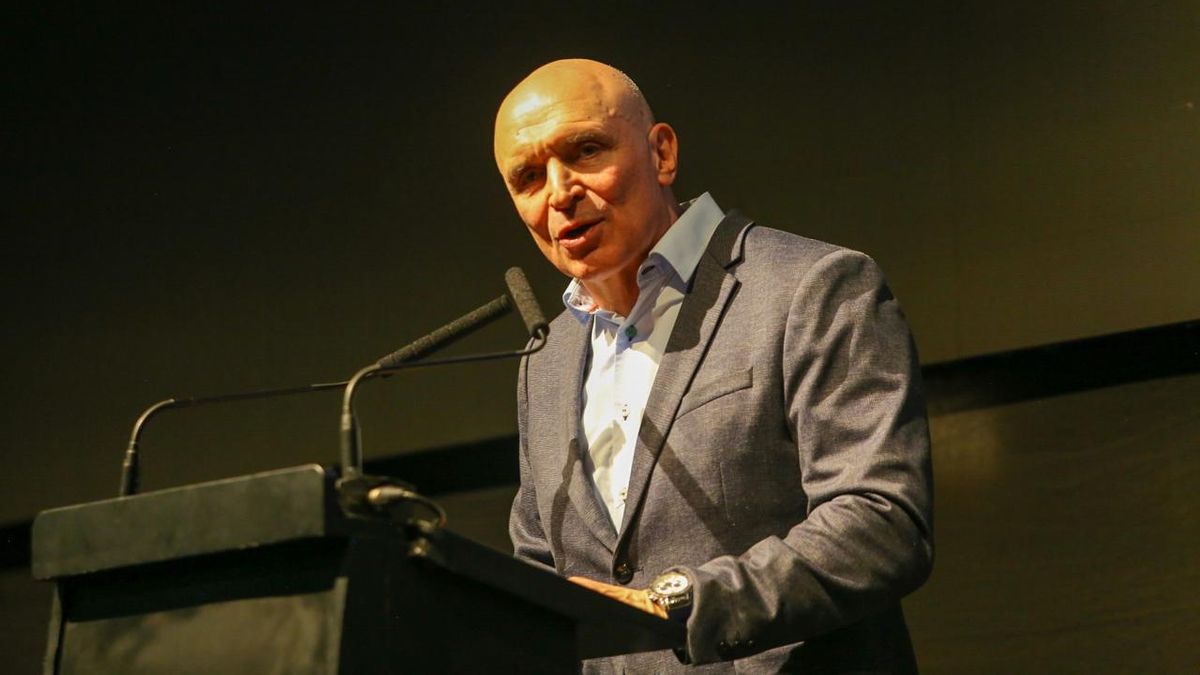Image: APA/dpa/Hauke-Christian Dittrich
“District heating is a key technology in the energy transition”, emphasizes Josef Siligan, CEO of Linz AG. Upper Austria’s largest district heating producer currently supplies 89,000 apartments in Linz, Traun and Leonding. “District heating is the solution for urban areas”says Christian Scheinecker, head of Linz-AG energy production in an interview with OÖN. In addition to expanding the network in order to be able to supply more people, it is also important to be climate-neutral in heat generation by 2040. To achieve this, district heating must become greener, as the prevailing dependence on natural gas shows.
Heat pump as “Core technology”
40 percent – this is how high the share of renewables is in district heating generation. With the “Heat converter” Linz AG is taking a step towards decarbonization – away from fossil gas, and carbon dioxide emissions are minimized. “The core technology of the heat converter is, broken down, a heat pump”, explains Scheinecker. The heat pump is not only very popular in private homes, but also with public utilities.
At the “Heat converter” The waste heat generated in the biomass heating and residual heating power plant is used to generate district heating. This should increase the share of renewables by 10 to 15 percent.
The first idea for the project, with a cost in the high double-digit million range, existed around ten years ago. From the end of 2027, households will be supplied with greener district heating.
Looking to Scandinavia
Between the first sketch and commissioning there are preliminary projects, a feasibility study and a local inspection in Scandinavia “Reference plants” were visited. “Condensing the gases and using them via heat pumps is a proven technology. What makes it so special for us is integrating this technology into an existing system park”says Scheinecker, who also struggles with the availability of resources: “We have to bring the projects into reality, but if an external transformer has a delivery time of three years, it will be lengthy.”
After the implementation of the “heat converter” The next measures to reduce the proportion of natural gas in district heating generation must follow. An alternative, gaseous fuel is needed for natural gas. “We rack our brains about this every day”says the department head.
In addition to biomethane, green hydrogen could also play a role in district heating production in the medium or long term. “We are working intensively on this”confirms Scheinecker, who notes, however, that in addition to national production, there is also one “larger import” of green hydrogen.
- You can find out everything about the energy transition from March 8th to 10th at ” WeBuild“- Energy Saving Fair.
My themes
For your saved topics were
new articles found.

info By clicking on the icon you can add the keyword to your topics.
info
Click on the icon to open yours “my themes” Page. They have of 15 keywords saved and would have to remove keywords.
info By clicking on the icon you can remove the keyword from your topics.
Add the topic to your topics.
Source: Nachrichten




